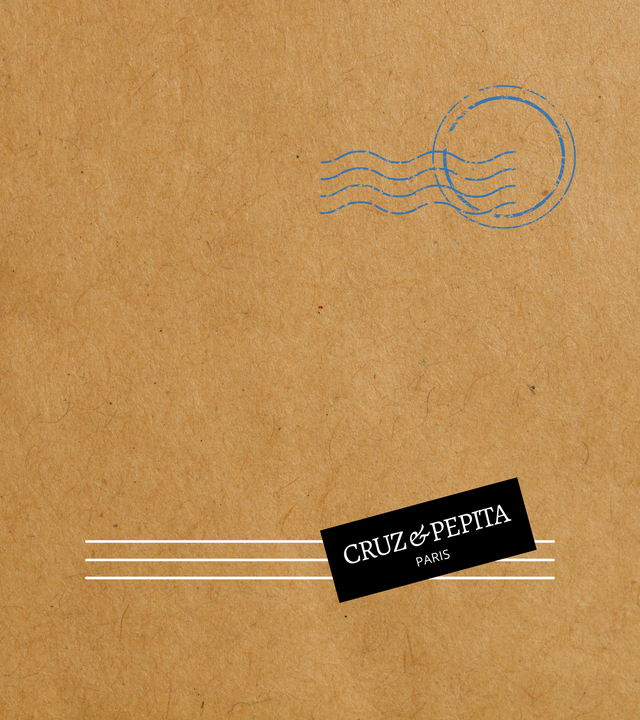Can we talk ETHICAL PACKAGING?
Deciding on packaging for CRUZ&PEPITA was a toughie.
Who doesn’t love opening a gorgeous box? Who doesn’t enjoy rooting out a new purchase that’s been carefully swaddled in reams of tissue paper?
All of that luxurious, anticipatory swaddle is destined for one place: The bin.
Great packaging is engineered to appeal to our most primitive needs: The successful hunt, the gathering of the choicest berries from the most out-of-reach bush. It hones-in on our instincts, adding a subliminal layer of satisfaction that transcends the purchase itself.
But at the end of the day, all that luxurious, anticipatory swaddle is destined for one place: The bin.
So, as we strive to be a less wasteful society and as I strive to create an “ethically elegant” brand, how ethical can packaging really be?
Plastic-free and recycled materials are mercifully becoming the norm among luxury and eco brands alike. In the realm of online luxury, reusable and upcyclable solutions are especially prevalent: Think MatchesFashion.com and those discreet, marbleised boxes, repurposed in fashionable homes as storage for everything from knickers & bras to last year’s tax receipts.
I considered a similar approach for CRUZ&PEPITA until I remembered that keeping a beautiful keepsake box beautiful requires a not-so-beautiful box to protect it from FedEx.
Technically recyclable, a splendidly branded yet ultimately chuckable solution makes more sense. But being a start-up, mindful of minimum order quantities and zero storage space, I’ve been hesitant about investing in a bespoke box.
How ethical is it to make people pay for pretty rubbish?
I also struggle with the ethics of who’ll pay for that investment. Spoiler alert: The cost of pretty boxes is ultimately passed to the customer. (You don’t say!) And when it comes right down to it, how ethical is it to make people pay for pretty rubbish?
Given that CRUZ&PEPITA’s timeless pieces are mainly made from lightweight silk (upcycled deadstock from some of Europe’s greatest names in luxury) I decided that the most ethical approach to our packaging would be to keep the cost-to-consumer down and our shipping weight and volumes to a minimum. Why waste freight to ship swaddling and a lot of fancy cardboard? The point is to reduce our carbon footprint, not expand it with expansive wrapping.
The solution finally revealed itself when I started to think out of the box.
Marketed as ‘easy-to-pack’, our gossamer dresses and separates can easily slip into a large envelope. Receiving an envelope might not be as dramatic as being given a box, but they do the job of protecting precious purchases within, without adding weight or wasting space.
Why waste freight to ship swaddling and a lot of fancy cardboard?
By using plain, recycled, rigid envelopes that are bought off-the-shelf from a local eco-specialised supplier, we’ve also eliminated the risk of creating our own deadstock waste if our packaging needs change. Instead, we’ve deployed eco-safe stickers on the outside of our envelopes to support our brand, using multi-purpose labels and logos to get our messaging across.
(When we ship larger quantities B2B, our exclusive partner resorts and spas – some of the most prestigious in the word - receive a box that we’ve salvaged from a local grocer. Top tip: A carefully placed sticker or two is all it takes to remove any reference to Mini Magnums or frozen peas.)
And within? Within you’ll find just the right amount of unbranded, unbleached swaddle to protect and ennoble what really counts inside.

